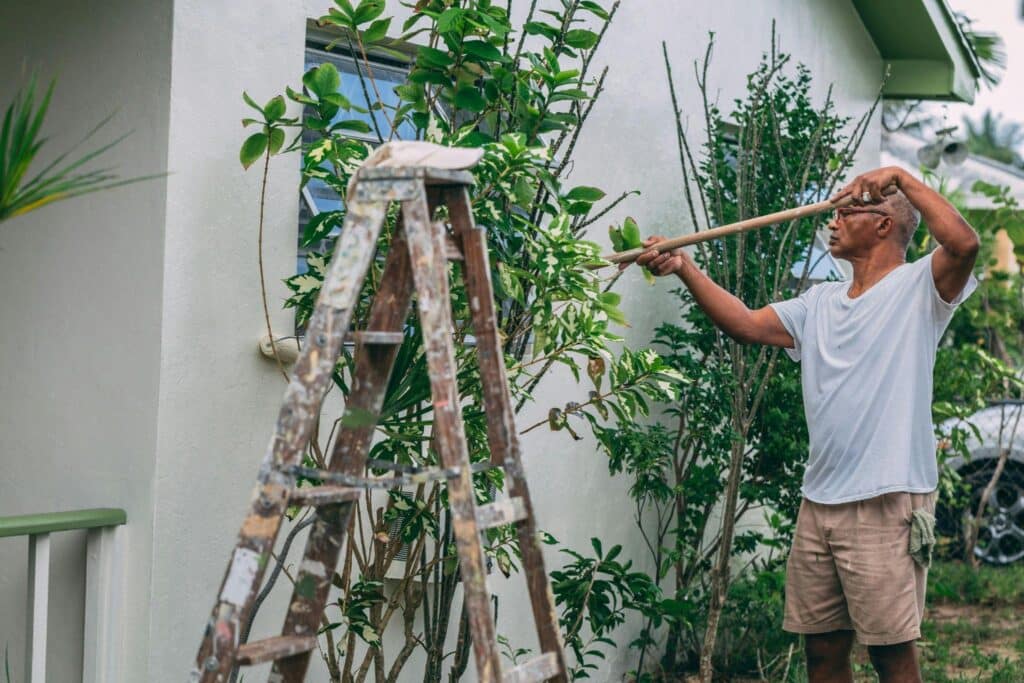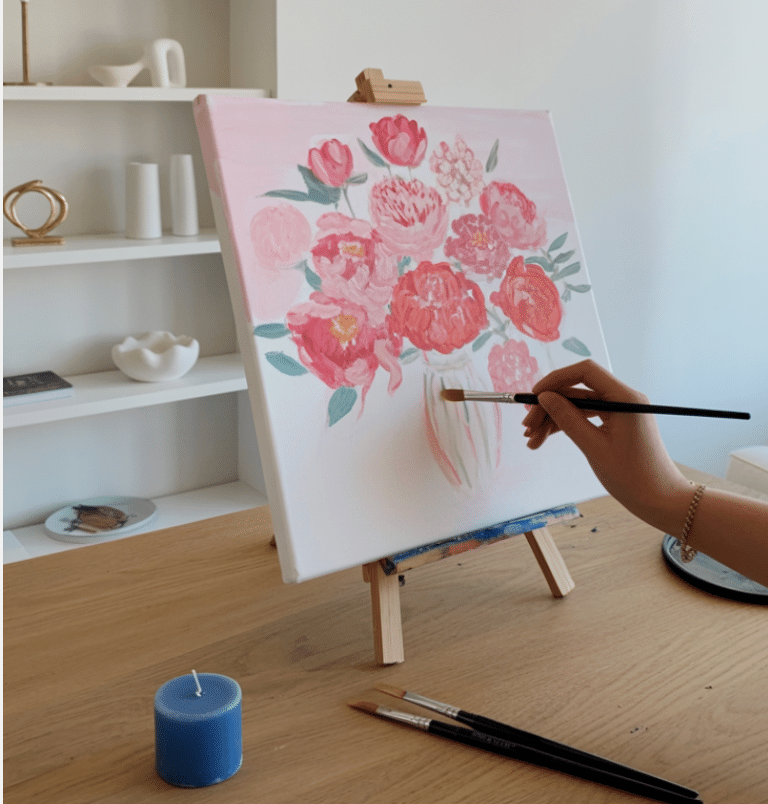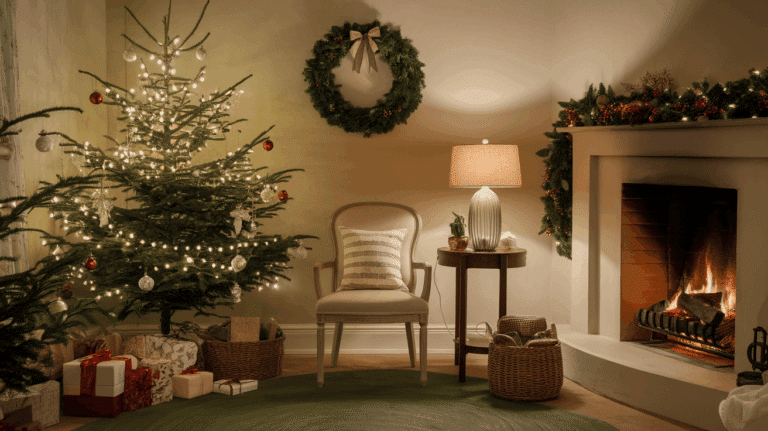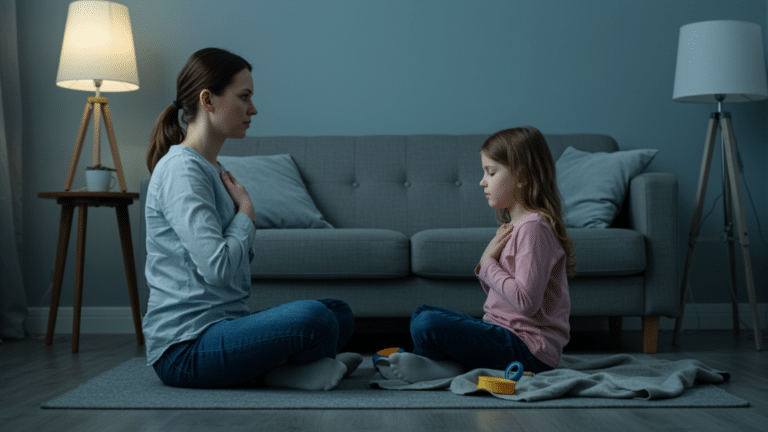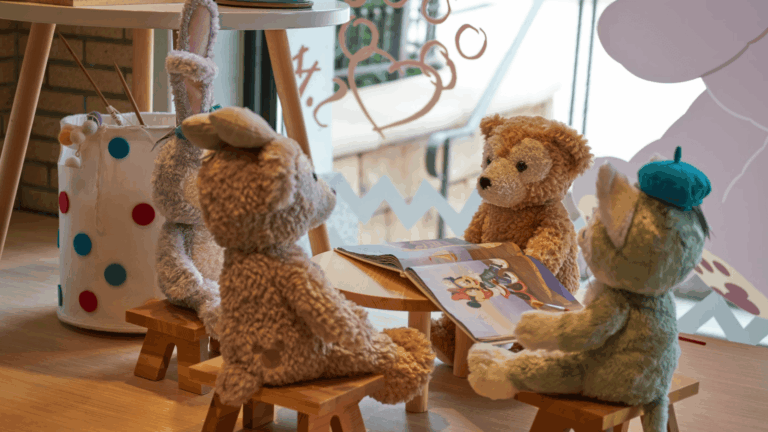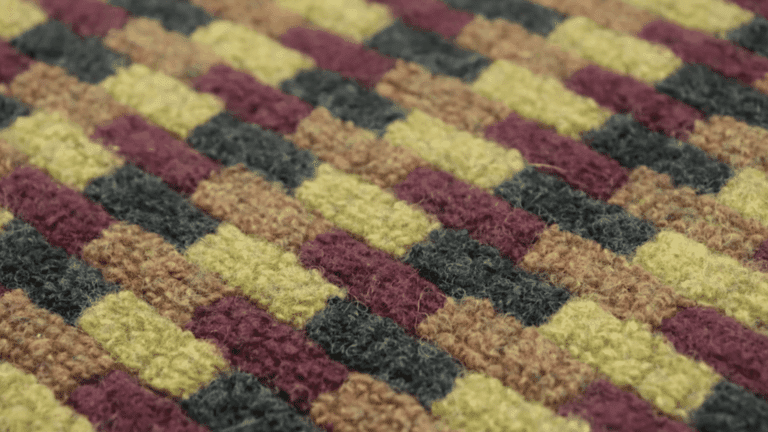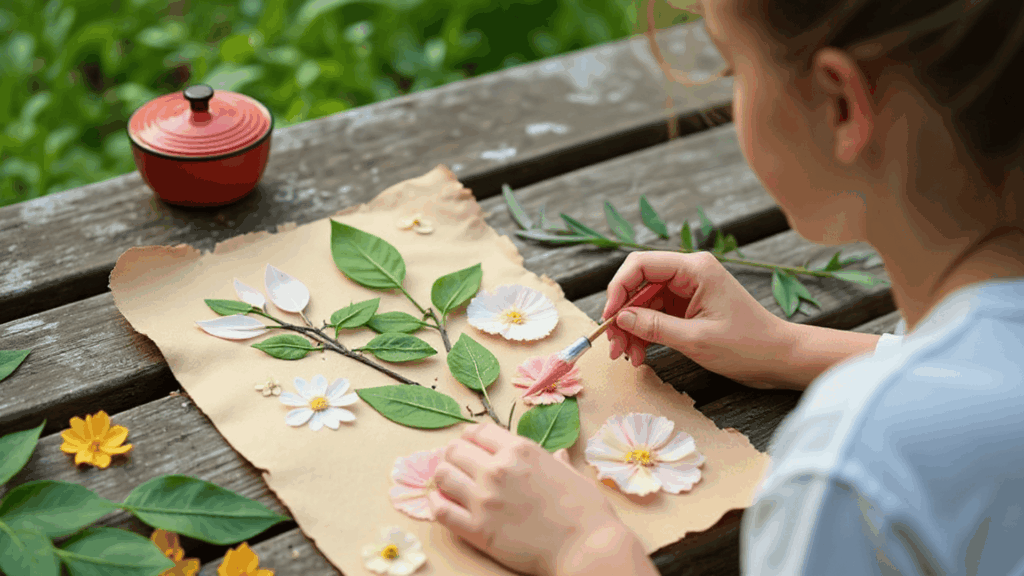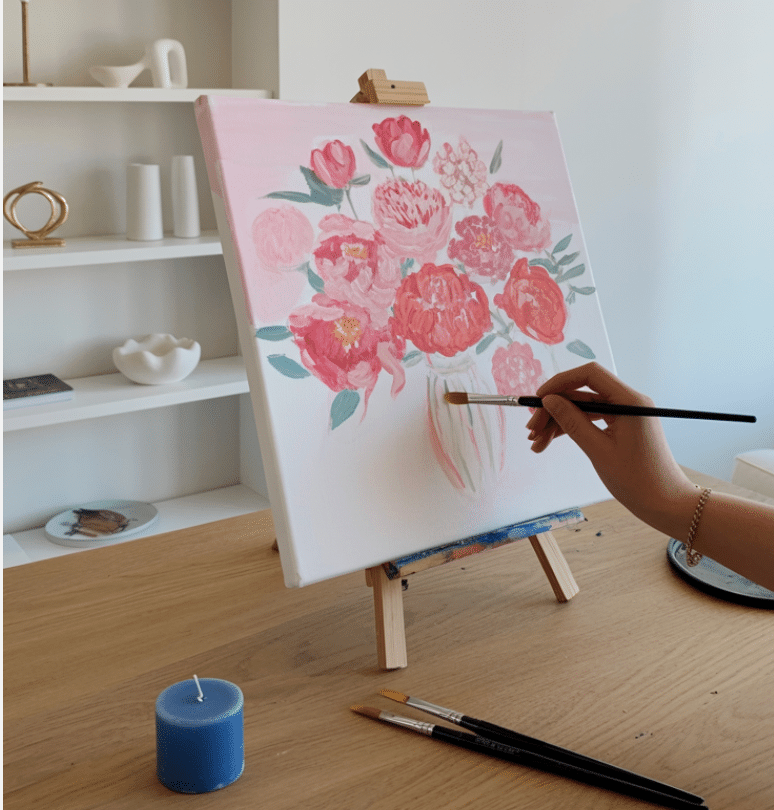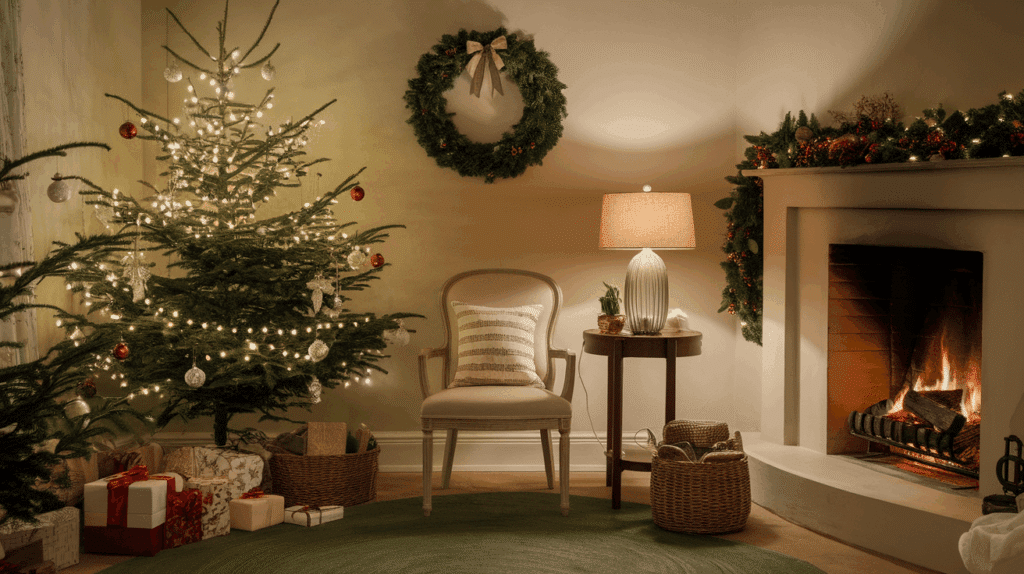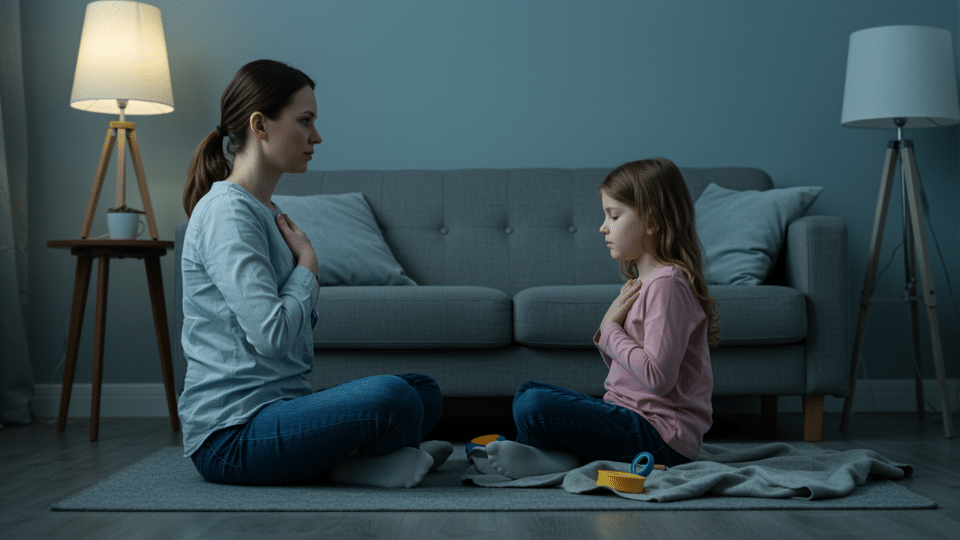Let’s be honest—most of us don’t think about home updates until something breaks. But when it comes to your home’s exterior, waiting too long can lead to bigger problems and expensive repairs. The outside of your home takes the brunt of every season, from intense summer heat to heavy snow and strong winds.
In places like Longmont, where the weather can be unpredictable and sometimes harsh, the exterior of your home needs to be in top shape to protect everything inside. Cold winters, spring hail, and high UV exposure in summer all take a toll over time. That’s why it’s important to know what signs to look for before small issues turn into major repairs. Below are eight clear signs that it may be time to start planning your next round of exterior upgrades.
1. Your Roof Looks Worn or Damaged
Your roof is one of the most important parts of your home. It keeps everything underneath safe and dry. If you start to notice missing shingles, areas that look sunken or uneven, or spots that are darker than the rest, these are all signs your roof might be failing.
In Longmont, where homes face hail, snow, and high winds, roofing issues can quickly get worse if left unchecked. Homeowners noticing these signs should look into trusted Longmont Roofing Installation services to make sure their home stays safe year-round. A roof that’s properly installed and sealed can also help with energy efficiency and long-term durability.
2. Siding is Cracked, Warped, or Faded
Siding isn’t just about looks—it also acts as a protective barrier for your home. When siding begins to crack, warp, or bubble, it might mean that moisture is seeping underneath. Faded siding is another sign it’s losing its resistance to the elements and may no longer be offering the protection your home needs.
Upgrading your siding can help lower energy bills and give your home a clean, modern appearance. New siding materials often include better insulation and require less maintenance, making them a smart long-term investment.
3. Drafty Windows or Doors
If you feel a draft near your windows or doors, there’s a good chance the seals are no longer doing their job. This could mean your windows or doors are outdated, worn out, or damaged. Older models often have poor insulation, which can cause your heating and cooling system to work harder than necessary to maintain a steady indoor temperature.
New energy-efficient windows and doors not only make your home more comfortable but also help you save money in the long run. And since they come in a wide range of styles and finishes, they can also give your home an updated look without a major remodel.
4. Paint is Peeling or Chipping
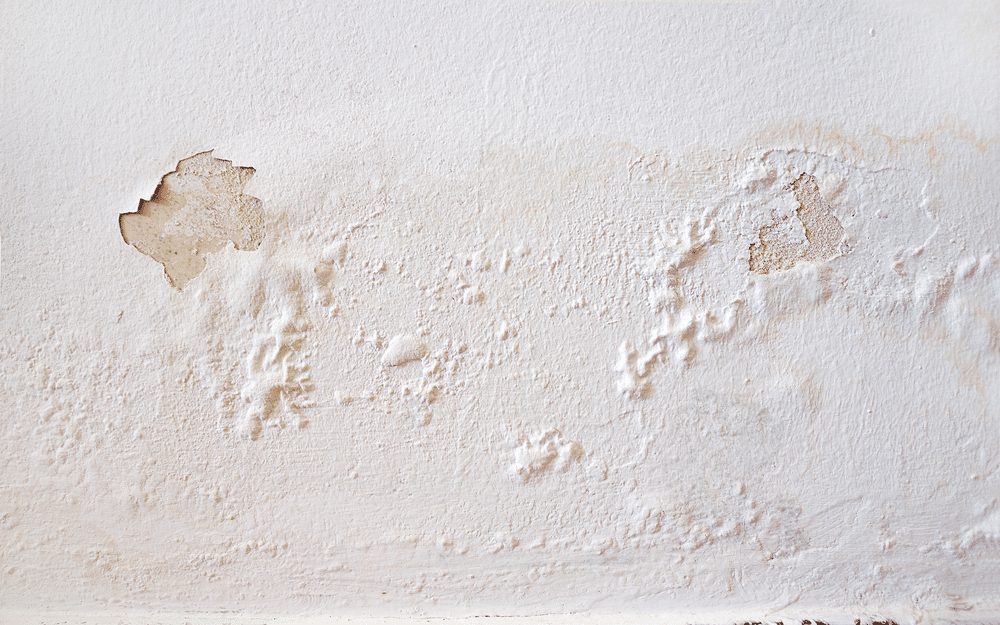
Peeling paint is more than just an eyesore. It’s often a sign that the material underneath is exposed to moisture, which can cause rot, mold, or long-term surface damage. If your home needs frequent repainting, that’s a sign the materials are no longer holding up well or aren’t properly protected.
Instead of constantly touching up the paint, you may want to consider replacing those areas altogether. New siding or trim made from durable, low-maintenance materials like fiber cement or engineered wood can help you avoid the paintbrush for years and extend the life of your exterior.
5. You’re Seeing Mold or Water Stains
Mold or water stains on your home’s exterior or around windows and doors often mean there’s a leak. Sometimes the issue is with the roof or siding, and other times it’s poor drainage or clogged gutters. These stains might also be visible on interior ceilings and walls, which means exterior damage is already affecting your indoor spaces.
Ignoring signs of water damage can lead to problems inside the house as well. Mold isn’t just unsightly—it can cause serious health concerns. That’s why it’s important to catch and fix these issues quickly, even if they seem small at first.
6. Gutters Are Always Overflowing
When your gutters constantly overflow during a rainstorm, they might be clogged—or they might be too old or damaged to do their job well. Cracked, sagging, or rusted gutters can cause water to pool near your foundation, leading to erosion or even basement leaks. Overflowing gutters can also damage landscaping and hardscaping around your home.
Modern gutter systems are designed to handle more water and prevent buildup. They’re also easier to clean and maintain than older styles. Upgrading to a new system can save you time on cleaning and prevent bigger issues down the road.
7. The Porch or Deck is Worn Down
Your outdoor space should feel safe, inviting, and sturdy. If your deck or porch has loose boards, rusted nails, or wobbly railings, it might be time for an update. Even discolored, warped, or splintering wood can be a sign that moisture has gotten in and caused slow but steady damage.
Fixing or replacing outdoor features not only improves how your home looks but also makes your space safer for family and guests. Materials like composite decking or pressure-treated wood require less upkeep and last longer than traditional wood.
8. You’re Planning to Sell Soon
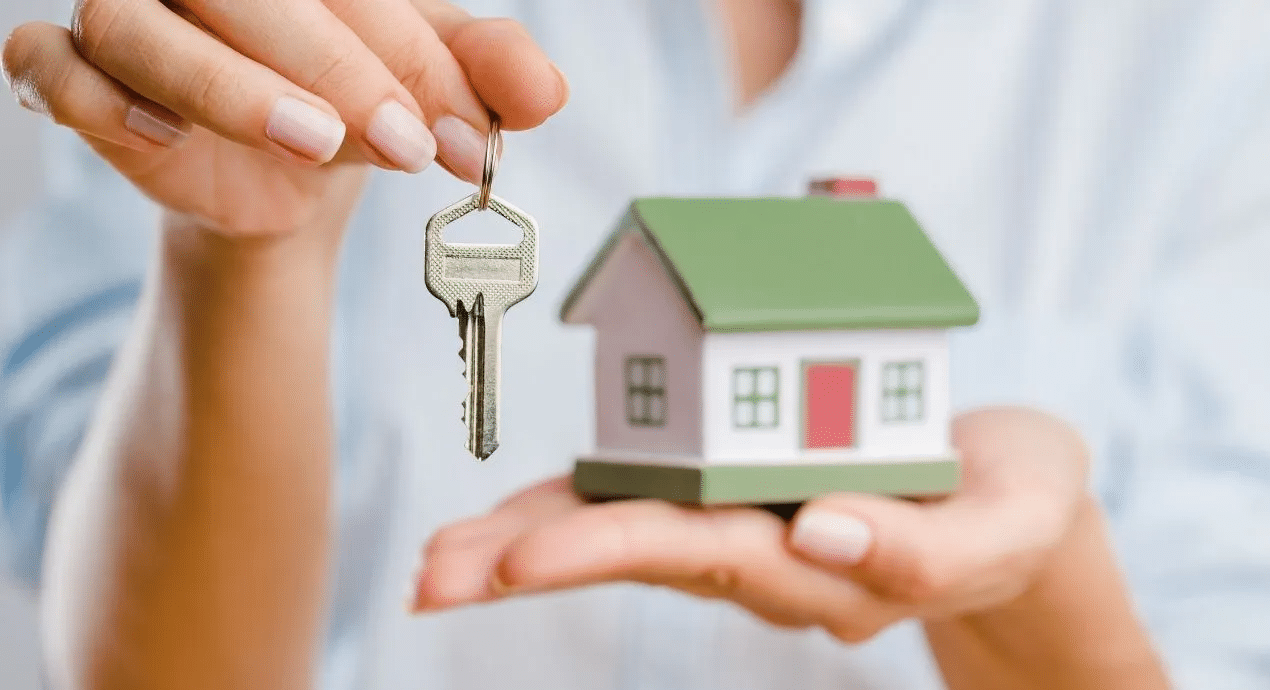
Thinking about putting your house on the market? The condition of your home’s exterior plays a big role in first impressions. Buyers notice things like fresh paint, new windows, and a solid roof—and these upgrades can help your home stand out from the rest.
Investing in exterior updates before listing your home can increase its value and help it sell faster. Even if you’re not planning to move just yet, these improvements will make your home more enjoyable in the meantime.
A home’s exterior protects everything inside. When small problems show up, they can grow fast if ignored. Upgrading your exterior is a smart way to avoid costly repairs and keep your home in good shape. If you’ve noticed any of the signs above, don’t wait. Reach out to a local contractor and ask what should be handled first. You don’t have to do everything at once—start with what matters most.
Doing a little now can save you a lot later. Whether it’s a new roof, better siding, or energy-efficient windows, each project adds comfort, value, and peace of mind.


